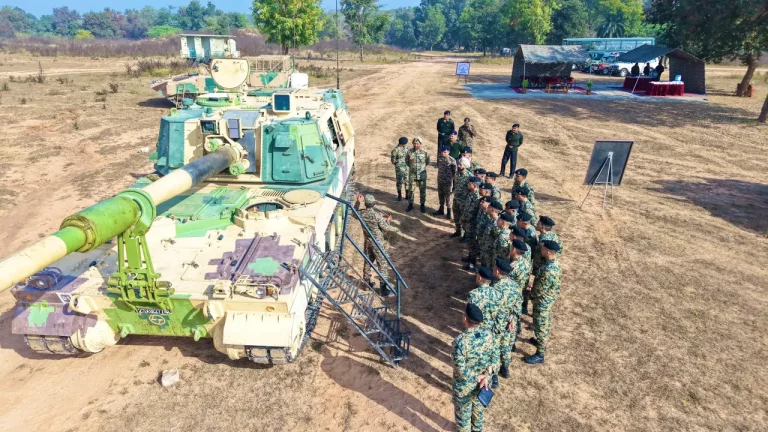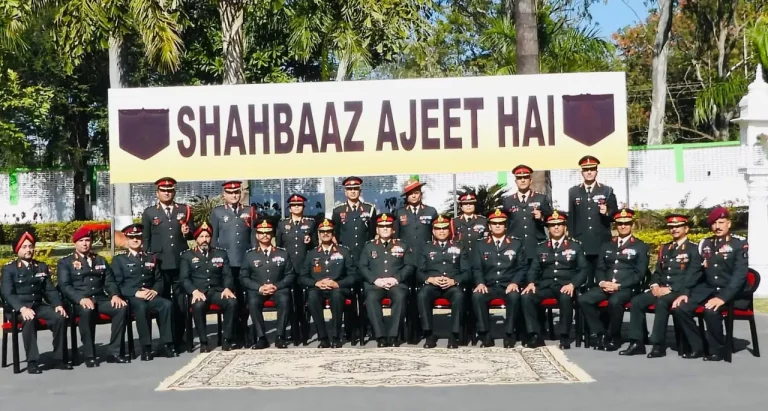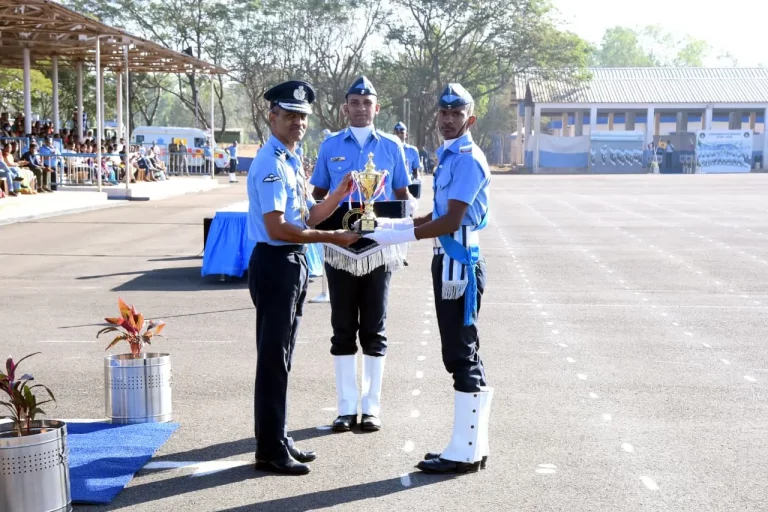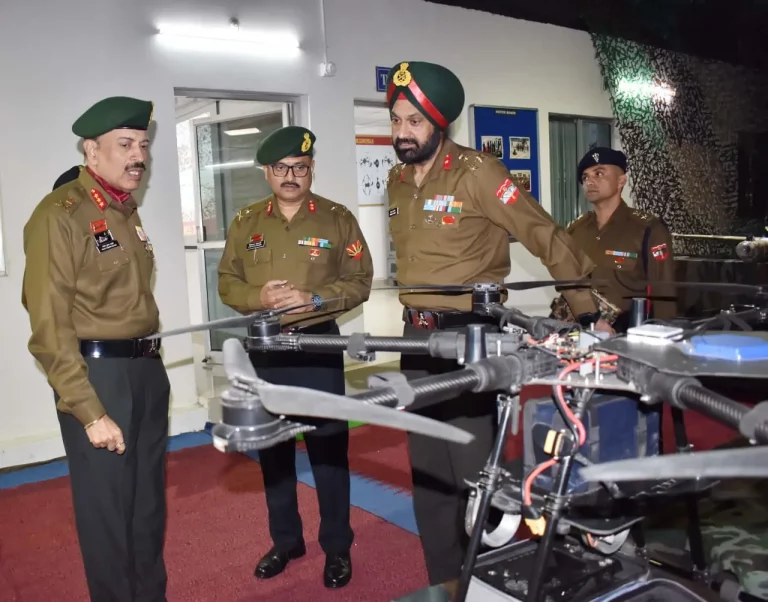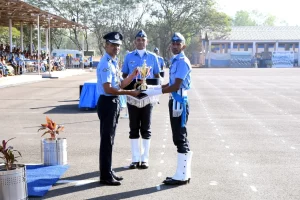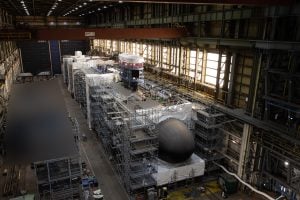In a strong demonstration of strategic alliance, the United States Air Force’s B-1B Lancer will join the Indian Air Force in a forthcoming bilateral air exercise, marking a significant development in Indo-US defense relations. This collaboration occurs amid ongoing trade and tariff disagreements between the two countries, indicating that their defense partnership is managing to remain unaffected by commercial disputes.
The forthcoming exercise will take place at a prominent IAF air base and will feature intricate air combat scenarios, enhancing interoperability between the two air forces. The Indian Air Force plans to deploy its advanced aircraft, including the Su-30MKI, Rafale, and TEJAS Mk-1A, while the USAF will contribute the B-1B Lancer, recognized for its extensive strike capabilities and vital role in global deterrence.
Scheduled maneuvers for the exercise will encompass precision strike simulations, air interdiction operations, electronic warfare tactics, and coordinated aerial refueling. Both air forces aim to bolster cross-domain coordination and mission planning, essential elements in contemporary network-centric military operations.
A senior officer from the IAF characterized the B-1B’s participation as “a significant leap in Indo-US operational synergy,” highlighting that the bomber’s involvement reflects the mutual trust and confidence shared between the two air forces.
This exercise marks the first operational deployment of the B-1B Lancer to India, diverging from its previous static and fly-past displays at events like Aero India. Unlike those symbolic showcases, this upcoming exercise presents an opportunity for active collaboration, allowing Indian pilots to gain firsthand experience with USAF combat strategies and long-range strike coordination.
The strategic implications of the B-1B’s deployment are notable, as these bombers typically operate within closely allied regions in the Indo-Pacific. Their presence in Indian airspace is indicative of Washington’s confidence in New Delhi’s expanding regional influence and its significance in sustaining a free and secure Indo-Pacific.
Despite existing tariff disputes concerning technology transfers and agricultural imports, the defense partnership between India and the United States remains resilient. Analysts observe that both governments prioritize strategic alignment over short-term economic disagreements, particularly in light of escalating security challenges in the Indo-Pacific area.
The exercise will draw on lessons from recent global conflicts, focusing on data-driven targeting, electronic countermeasures, and cooperative operational planning in contested conditions. Experts believe this engagement could pave the way for future collaborations in critical areas such as intelligence, surveillance, reconnaissance (ISR) sharing, maritime patrol coordination, and integrated command frameworks.
A joint statement from both air forces is anticipated, reaffirming their shared commitment to regional peace, stability, and innovative defense practices, which underscores the notion of unwavering strategic trust despite ongoing trade challenges.
The arrival of the B-1B Lancer for this landmark exercise transcends mere symbolism; it represents the depth, maturity, and forward-looking nature of Indo-US defense relations, evolving as a crucial component of the broader strategic partnership in the Indo-Pacific region.



